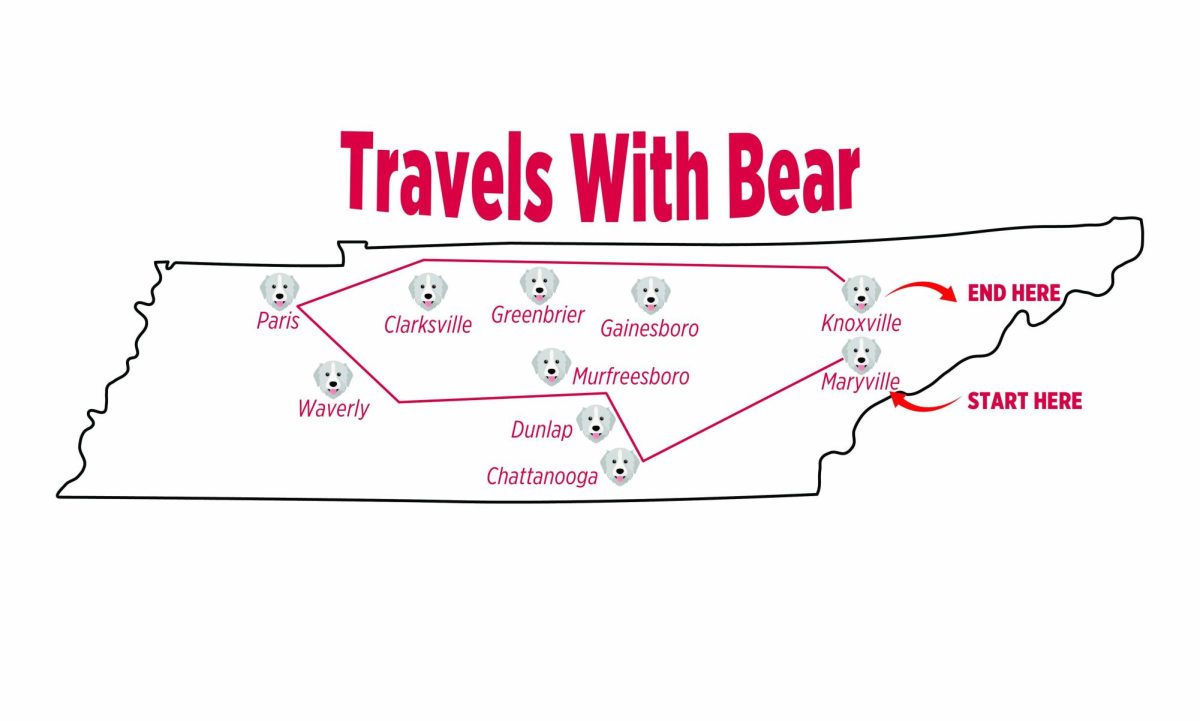Cultural appropriation is a prevalent issue that continues to rise in Hollywood and today’s pop culture; it is an issue that needs to be stopped because it promotes white privilege and leads to misrepresentation and racism.
Author Maisha Z. Johnson explained that cultural appropriation “Refers to a particular power dynamic in which members of a dominant culture take elements from a culture of people who have been systematically oppressed by that dominant group.”
Cultural appropriation is prominent in American culture and is accentuated all throughout the media. From Hollywood movies misrepresenting a character’s ethnicity to popular figures westernizing the different historical customs of other cultures, these acts gradually lead to harmful effects and create tension between different races.
Recent events have forced the public to discuss this issue. According to The Huffington Post, Kylie Jenner posted an Instagram selfie that showed her hair braided in cornrows with a caption that read, “I woke up like diss [sic].” Actress Amandla Stenberg commented on the photo, “When u [sic] appropriate black features and culture but fail to use ur [sic] position of power to help black Americans by directing attention towards ur [sic] wigs instead of police brutality or racism #whitegirlsdoitbetter.”
Jenner responded by telling Stenberg to “Go hang w Jaden [Smith] or something.” This simple act illustrates how white dominance and appropriation form other races has been normalized. Free to take from pieces of different cultures as they choose, white Americans are able to benefit from other cultures while black Americans have their culture assimilated.
A few months before this exchange with Jenner, Stenberg made a video with a classmate on cultural appropriation entitled “Don’t Cash Crop My Cornrows” in which Stenberg elaborates on cultural appropriation, particularly the adoption of black hip hop culture by white celebrities. Stenberg challenges viewers to question why specific elements of black culture are perceived as desirable while violence and discrimination towards people of color continues. Stenberg concluded the video by asking, “what would America be like if we loved black people as much as we love black culture.”
Jenner has the freedom to wear cornrows and customize her appearance however she pleases. The issue with Jenner and other celebrities like her is that while they have high influence to adopt the different races’ customs, they also have the power to stand up against brutality and discriminate of black Americans, but choose not to.
Other situations in the media have sparked unease amongst various ethnic groups. Katy Perry anticipated her performance at the American Music Awards as honoring Japanese culture when she danced around in a powdered face and kimono while holding an umbrella. However, Perry externally highlighted stereotypes of Asian women, in reaction to Perry’s concert, former fan Crystal Lew told The Atlantic, “This sort of stuff is not funny or artistic to me; it just reminds me I am still not an American to a lot of people.”
Cultural appropriation belittles a culture’s history, significance and future. By customizing another group’s traditions or way of life to fit another’s, the value of the culture decreases. Future generations will not respect the different ethnicities if a group’s specific heritage becomes a part of all others.
When pop culture stereotypes other races, it reminds them that they are not and will never be accepted as fully American. Cultural appropriation branches off of racism as it supports the racist and sexist social norms. Adrienne Keene of Native Appropriations said, “You are pretending to be a race that you are not, and are drawing upon stereotypes to do so.”
As a result of Hollywood celebrities misrepresenting other races, the problem continues to escalate. By having white, American actors or actresses play a character of a different color just to appeal more to the public, our media culture is implying the dominant white race is above other races, free to move fluidly in what race of people they portray.
Although cultural appropriation may appear to be trivial, it is the baseline of racial violence across the United States. The shooting of Michael Brown on August 9 2014 in Ferguson, MO sparked the #BlackLivesMatter movement, the most prevalent social movement happening today. The movement stands up against the killing of unarmed black men by police officers, and while celebrities who appropriate black culture could join the movement and take a stance, they have not.
However, some stars are becoming more aware of the issue. Emma Stone, who was cast as a character of Chinese and Hawaiian heritage in the film “Aloha” but is herself white, said to Australian News “I’ve learned on a macro level about the insane history of whitewashing in Hollywood and how prevalent the problem truly is.” Singer Zendaya Coleman publically explained the difference between appreciation and appropriation in an interview with ELLE, where she advocated for people to seek out the history behind a group’s culture before borrowing from its customs.
Tumblr’s Every Single Word blog is actively increasing awareness of white washing in Hollywood films. The blog’s creator Dylan Marron cuts down films to just include every word spoken by a person of color, highlighting how small the roles given to people of color are. Every Single Word shows how 146 minute long Harry Potter and the Deathly Hallows Part One, is cut down to 22 seconds when the white characters are cut out.
Little by little, media is becoming aware of the issue of cultural appropriation and whitewashing in Hollywood.






